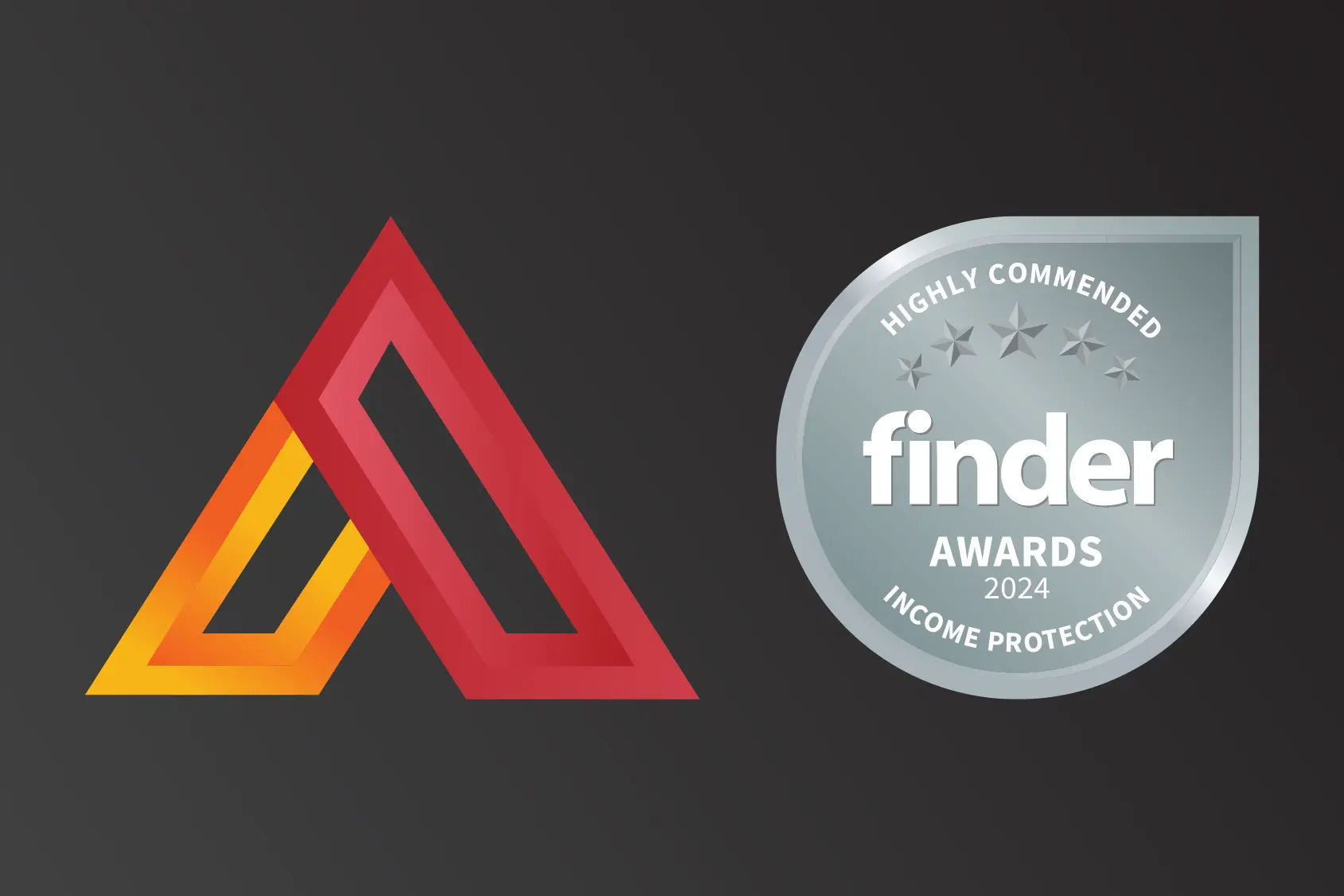At a glance:
- Critical illness insurance is not the same as regular health insurance. It provides a lump sum payment for specific critical illnesses, offering a financial safety net beyond traditional healthcare coverage.
- It is affordable for younger individuals as well. It’s a smart choice for financial security, regardless of your age, as critical illnesses can strike at any time.
- To choose the right policy, assess your needs, compare options, and consider professional advice. Understand policy coverage, compare premiums, and be aware of the claims process.
To expect the unexpected shows a thoroughly modern intellect
– Oscar Wilde.
Are you prepared for the unexpected? Imagine you or a loved one facing a critical illness diagnosis, a life-altering moment that can turn your world upside down. That’s where trauma or critical illness insurance comes into play – a financial safety net when you need it the most.
In the land Down Under, where the sun shines bright, and the adventures are limitless, it’s easy to put off thinking about the “what ifs.” However, understanding the truth about critical illness insurance is crucial for every Australian.
In this blog post, we’ll unravel the mysteries and debunk the misconceptions surrounding trauma insurance. Stay with us as we explore the facts, demystify the myths, and empower you with the knowledge you need to make informed decisions about your financial security. After all, in the game of life, it’s best to be prepared for any unexpected curveballs that may come your way.
Common Myths About Trauma/Critical Illness Insurance
Myth 1: Critical illness is the same as any other health insurance plan.
Fact: It’s a common misunderstanding that critical illness insurance is just like regular health insurance. In reality, these two types of insurance serve different purposes. Regular health insurance typically covers hospitalisation and medical treatment expenses.
Critical illness insurance, on the other hand, is specifically designed to provide a lump sum payment if you’re diagnosed with one of the listed illnesses in the policy. So, it’s not the same as standard health insurance.
Myth 2: All Critical illness insurance plans come with a higher insurance premium.
Fact: While it’s true that insurance premiums for critical illness plans can be higher for older individuals, this doesn’t apply to younger people. Critical illness insurance can be quite affordable for younger individuals.
It’s essential to realise that the cost of premiums depends on various factors, including your age, health, and the coverage you choose.
Myth 3: Critical Illness insurance can’t be bought when you have pre-existing medical conditions.
Fact: Having pre-existing medical conditions doesn’t necessarily prevent you from getting critical illness insurance. However, you may need to undergo a pre-entrance health check-up, and the insurance company might charge a higher premium due to increased health risks.
It’s still possible to obtain critical illness coverage, even if you have pre-existing conditions.
Myth 4: Insurance covers all critical illnesses.
Fact: Not all critical illness insurance plans cover every critical illness. Different insurers offer plans with varying coverage criteria. Typically, the most common critical illnesses like cancer, stroke, heart ailments, and kidney failure are covered.
Be sure to inquire about the specific diseases covered when selecting your policy to understand its limitations.
Myth 5: Critical illness covers disability.
Fact: Critical illness insurance is focused on providing financial support in the event of a critical illness diagnosis. It does not cover disability in the general sense.
Disability insurance, which is a separate type of coverage, is designed to provide income replacement if you become disabled due to injury or illness, affecting your ability to work.
Myth 6: I’m too young to buy a critical illness insurance policy.
Fact: Customers often have an age-related query while seeking an insurance policy – what is the right age to start purchasing an insurance policy? Critical illnesses can strike at any age, and some even have a genetic predisposition.
This makes having a critical illness plan a wise decision, whether you’re young, middle-aged, or older. In fact, purchasing a critical illness policy at a young age can be more cost-effective and provide long-term financial security.
How to Buy Critical Illness Insurance?
Purchasing critical illness insurance is a straightforward process that can provide you with invaluable financial protection in case you face a critical illness diagnosis. Here’s a brief guide on how to buy critical illness insurance:
Assess Your Needs:
Start by evaluating your specific requirements; this will help you choose a suitable personal safety net. Consider factors like your age, health status, financial situation, and any existing insurance coverage. This will help you determine the amount of coverage you need.
Research and Compare:
Next, research different insurance providers and their critical illness insurance policies. Compare the coverage, premiums, terms, and conditions to find a plan that aligns with your needs and budget.
Choose the Right Plan:
Select a critical illness insurance plan that covers the specific illnesses you are concerned about. Ensure you understand the policy’s definitions, inclusions, and exclusions.
Consult an Insurance Advisor:
If you’re unsure about which plan to choose or need assistance in understanding the policy details, consider consulting an insurance advisor. They can provide expert guidance and help you make an informed decision.
Complete the Application:
Once you’ve chosen a plan, complete the application form provided by the insurance company. Be honest and accurate in providing your personal and medical information.
Undergo Health Check-up:
Depending on your age and health condition, the insurance company may require a medical examination. This is a standard procedure to assess your health and determine the premium.
Review and Confirm:
Carefully review the policy document, including the terms, conditions, and any exclusions. Ensure you understand what is covered and how the claims process works.
Pay Premiums:
Pay the insurance premiums as per the schedule provided by the insurer. Your policy will be active once the first premium is paid.
Receive Policy Documents:
You will receive your critical illness insurance policy documents. Keep them in a safe place and inform your loved ones about the coverage.
Buying critical illness insurance is a proactive step in safeguarding your financial future in the face of unexpected health challenges.
It’s essential to make an informed decision by assessing your needs, researching, and choosing the right plan that offers the protection you and your family may require.
How to Choose the Right Trauma Insurance Policy?
Selecting the right trauma insurance policy in the Australian market is a crucial decision, as it ensures you and your family are financially secure in case of a critical illness diagnosis. Here are some steps to help you choose the most suitable trauma insurance policy:
Understand the Coverage:
Read the policy terms and conditions carefully. Ensure you have a clear understanding of what is covered, including the list of critical illnesses. Be aware of any exclusions or limitations.
Compare Premiums:
Compare the premium costs across different policies. Ensure the premiums are affordable and fit within your budget. Keep in mind that purchasing a policy at a younger age often results in lower premiums.
Seek Professional Advice:
If you find the process overwhelming or have specific questions, consider seeking advice from an insurance advisor. They can provide expert guidance and help you make an informed choice.
Read Reviews and Ask for Recommendations:
Reading customer reviews and seeking recommendations from friends, family, or online communities can provide valuable insights into the quality of service and support offered by insurance providers.
Check Claim Process:
Understand the claim process of the insurer. A hassle-free and straightforward claims process is essential during a challenging time.
Financial Stability of the Insurer:
Ensure that the insurance provider is financially stable. You want to be certain they can meet their financial obligations, especially when you need to make a claim.
Choosing the right trauma insurance policy is a significant step in securing your financial well-being. By carefully researching and seeking advice when necessary, you can select a policy that aligns with your requirements and provides peace of mind for you and your loved ones.
In a world of uncertainties, critical illness insurance is your safety net. We’ve debunked the myths, from what it covers to when to buy it. Remember, it’s not just like regular health insurance, and it’s affordable, even for the young. Pre-existing conditions don’t exclude you, and not all critical illnesses are covered.
Now you know how to buy it – assess your needs, compare, and consult experts. And in the Australian market, make sure you understand the policy, premiums, and claim process while ensuring the insurer’s financial stability. It’s a proactive step towards financial security.
Let’s be prepared for life’s curveballs with reliable trauma/ critical illness insurance, securing you and your loved ones.






